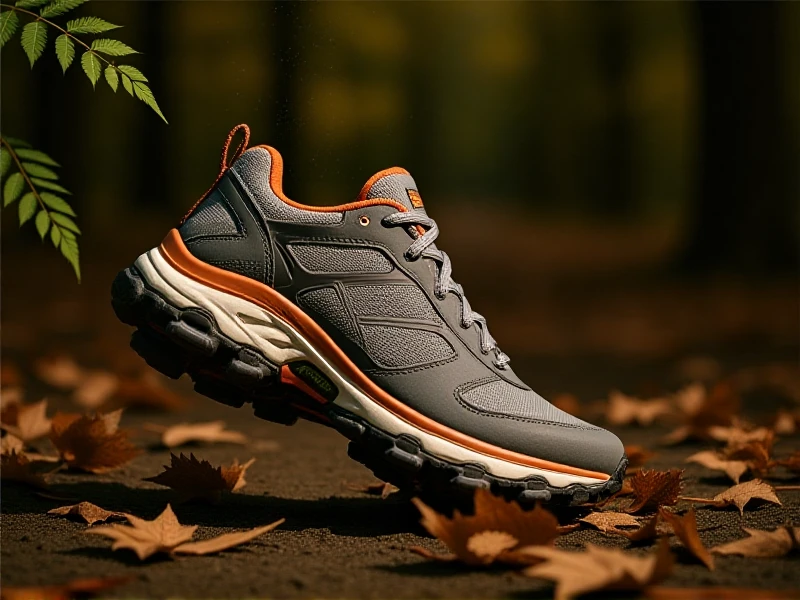
Trail Running Shoes: Your Ultimate Guide to Choosing the Right Pair
SEO Article: Trail Running Shoes
When you hit uneven trails, rocky paths, or muddy surfaces, nothing beats a reliable pair of trail running shoes. These specialized kicks are designed for off-road adventures, offering rugged support and enhanced grip that regular running shoes can't match. If you're new to trail running or upgrading your gear, this guide covers everything you need—from essential features to top tips for selecting your perfect match. As trail running surges in popularity, investing in the right shoes boosts your performance and keeps you safe on unpredictable terrains.
Trail running shoes differ from road models in their construction. Key features include aggressive outsoles with deep lugs for superior traction on loose dirt or wet rocks, durable uppers that resist abrasion from roots and debris, and enhanced cushioning to absorb shock on uneven ground. Many also incorporate waterproof membranes like Gore-Tex for soggy conditions, ensuring your feet stay dry during creek crossings or rainy runs. Brands like Salomon, Altra, and Brooks lead the market with innovations, such as lightweight yet stable designs that reduce fatigue. When shopping, consider your typical trail type—e.g., technical mountain routes demand shoes with ankle support, while flatter paths suit minimalist styles. Always try on options to check fit: aim for a snug midfoot and roomy toe box to prevent blisters during long treks.
Beyond comfort, trail running shoes elevate your outdoor experience. They minimize injury risks by providing stability on uneven terrain, which can prevent twists and sprains. Plus, their durability means fewer replacements, saving money in the long run. To maximize benefits, pair them with proper maintenance—rinse off mud after each run and replace them every 300–500 miles. Now that you know what to look for, visit our website for curated reviews and start exploring the best trail running shoes to conquer your next adventure!